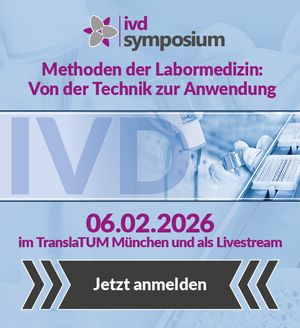[1] Piel FB et al. Global migration and the changing distribution of sickle haemoglobin. Lancet Glob Health 2014; 2(2):e80–9.
[2] Kohne E, Kleihauer E. Hämoglobinopathien: eine Langzeitstudie über vier Jahrzehnte. Dtsch Arztebl 2010; 107(5):65–71.
[3] Kohne E. Hämoglobinopathien: Klinische Erscheinungsbilder, diagnostische und therapeutische Hinweise. Dtsch Arztebl 2011; 108(31-32):532–40.
[4] Weatherall DJ. Hemoglobinopathies worldwide: Present and future. Curr Mol Med 2008; 8:592–9.
[5] Lobitz S et al. Incidence of sickle cell disease in an unselected cohort of neonates born. Eur J Hum Genet 2014; 22(8):1051–3.
[6] Grosse R et al. The Prevalence of Sickle Cell Disease and Its Implication for Newborn Screening. Pediatr Blood Cancer 2016; 63(1):168–70.
[7] Kunz JB et al. Significant prevalence of sickle cell disease in Southwest Germany. Ann Hematol 2016; 95(3):397–402.
[8] Dickerhoff R. Sichelzellkrankheit. In:Leitlinien Kinderheilkunde und Jugendmedizin. I 1 2006; 1–7.
[9] Herklotz R et al. Klinik und Diagnostik von Thalassämien und anomalen Hämoglobinen. Therapeutische Umschau 2006; 1:35–46.
[10] Frommel C et al. Newborn screening for sickle cell disease. Biomed Res Int 2014; 2014:695828.
[11] Kulozik AE. β-Thalassämie: Bewährtes und Neues in der Diagnostik und Therapie. Mschr Kinderheil 1996; 144:850–62.
[12] Cario H, Kohne E. β-Thalassämie. In:Leitlinien Kinderheilkunde und Jugendmedizin. I 2a 2006; 1-11. I 2b 2006;1–3.


